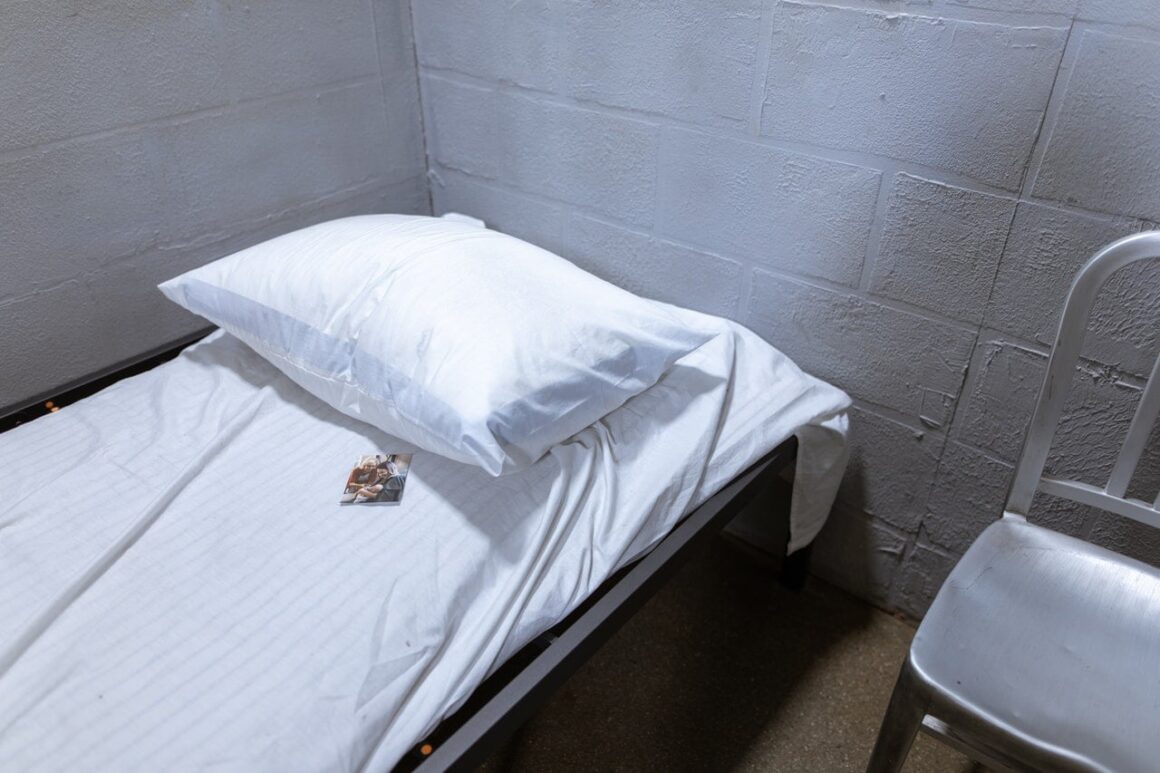The crime victim rights movement and mass incarceration grew side-by-side in the United States, and in many ways they deal with similar questions about the purposes, benefits, and effectiveness of the criminal justice system. The COVID-19 worldwide pandemic in 2020 tested the value attributed to retribution, rehabilitation, and other criminal justice goals in sentencing and incarceration.
Specifically, the First Step Act of 2018 enhanced discretionary compassionate release from prison due to illness and disability, requiring a post-sentencing balance of interests between perceived risks to the prisoner while in prison and risks to the public if release were granted. Early COVID-19 compassionate release decisions reveal that courts continue to base early release decisions primarily on an assessment of public safety risk from crime, not community impact, crime victim impact, or even prisoner health. In so doing, judges and prosecutors usurp and marginalize the role of the community and those most affected by crime.

